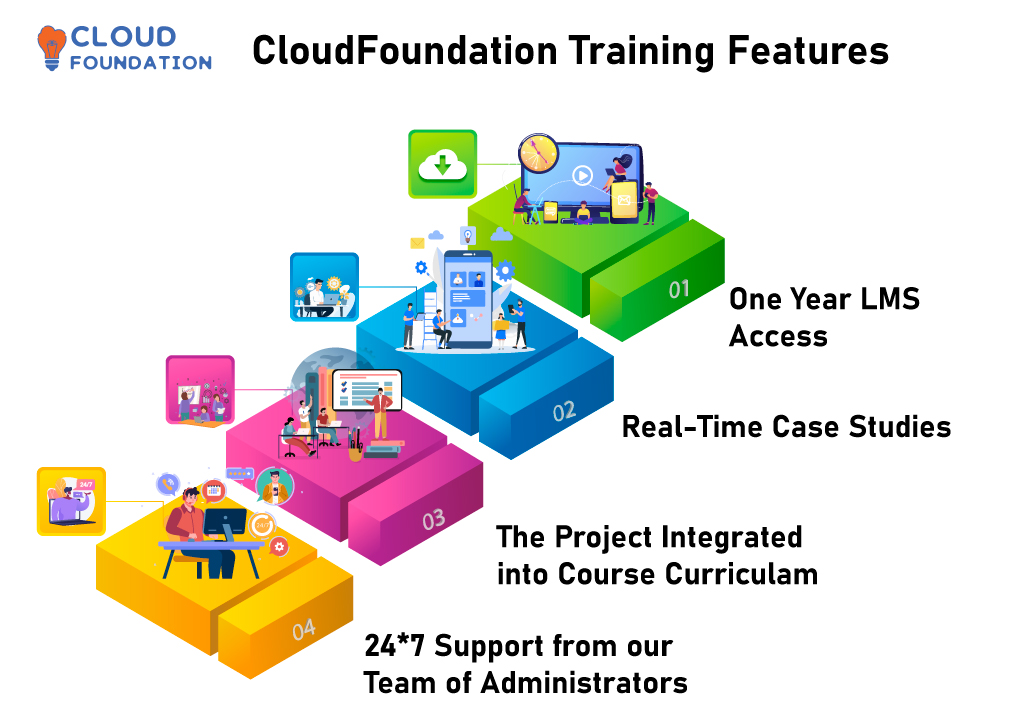CCSK Training
CCSK Training
⏰24 hours | ▶️ 24 Videos | 📣 8126 Participants |🎓 3941 Reviews | 4.8 ⭐⭐⭐⭐⭐
Choose a Plan that Works for You
Self Paced
- Advanced sessions
- Interview Q&A
- Free study Materials
- Premium Technical support
Instructor Led Live Training
- Live Instructor
- Advanced sessions
- Interview Q&A
- Premium Technical Support
Corporate Training
- Live Instructor
- Advanced sessions
- Interview Q&A
- Premium Technical Support
Upcoming Batches PST
Weekday
| June 10(1 HR A DAY) |
| 06:00 PM PST |
| Enroll Now → |
Weekday
| June 26(1 HR A DAY) |
| 06:00 AM PST |
| Enroll Now → |
Weekend
| June 21(1 HR A DAY) |
| 06:00 PM PST |
| Enroll Now → |
Upcoming Batches IST
Weekday
| June 11(1 HR A DAY) |
| 07:30 AM IST |
| Enroll Now → |
Weekday
| June 26(1 HR A DAY) |
| 07:30 PM IST |
| Enroll Now → |
Weekend
| June 22(1 HR A DAY) |
| 07:30 AM IST |
| Enroll Now → |
Course Description
Certificate of Cloud Security Knowledge Training will give your expertise in cloud security with a clear understanding of how to secure data in the cloud.
examination of an individual’s competency in key cloud security issues.
major benchmark for estimating cloud security skillsets.
leisure time.
cloud security.

Course Content
1.Cloud Architecture
- Introduction to Cloud Computing
- Introduction & Cloud Architecture
- Cloud Essential Characteristics
- Cloud Service Models
- Cloud Deployment Models
- Shared Responsibilities
2.Infrastructure Security for Cloud
- Module Intro
- Intro to Infrastructure Security for Cloud Computing
- Software Defined Networks
- Cloud Network Security
- Securing Compute Workloads
- Management Plane Security
- BCDR
3.Managing Cloud Security and Risk
- Module Intro
- Intro to Infrastructure Security for Cloud Computing
- Software Defined Networks
- Cloud Network Security
- Securing Compute Workloads
- Management Plane Security
- BCDR
4.Data Security for Cloud Computing
- Module Introduction
- Cloud Data Storage
- Securing Data In The Cloud
- Encryption For IaaS
- Encryption For PaaS & SaaS
- Encryption Key Management
- Other Data Security Options
- Data Security Lifecycle
5.Application Security and Identity Management for Cloud Computing
- Module Introduction
- Secure Software Development Life Cycle (SSDLC)
- Testing & Assessment
- DevOps
- Secure Operations
- Identity & Access Management Definitions
- IAM Standards
- IAM In Practice
6.Cloud Security Operations
- Module Introduction
- Selecting A Cloud Provider
- SECaaS Fundamentals
- SECaaS Categories
- Incident Response
- Domain 14 Considerations
- CCSK Exam Preparation
7.CCSK Plus Course
- Core Account Security
- IAM and Monitoring In-Depth
- Network and Instance Security
- Encryption and Storage Security
- Application Security and Federation
- Risk and Provider Assessment
